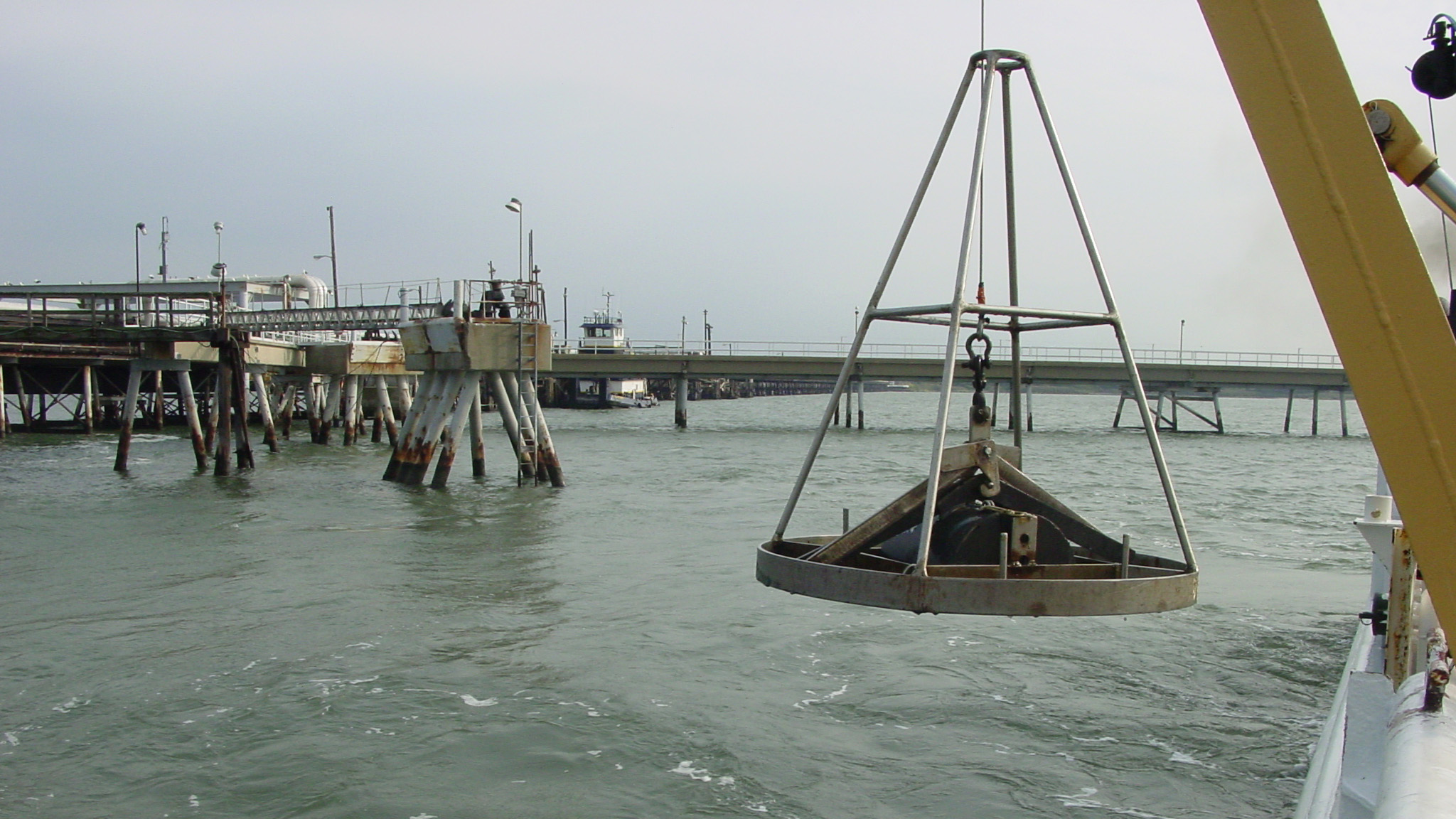The logistics of sample collection in the field can be very challenging. NOAA’s Office of Response and Restoration requested assistance in determining the potential for oil-based pollution carryover between sampling collections. We studied the efficacy of six commonly used field cleaning protocols on two different sediment types that were contaminated with weathered Deepwater Horizon oil. We found that the percent residual hydrocarbon contamination after any given protocol was less than 0.035%, which we expect to be indistinguishable from sampling, laboratory and/or instrumental variability.

NOAA scientists aboard a charter ship, the Norseman II, in 2011, taking a sediment subsample from a sediment grab in the Arctic Ocean. Credit: Terry Lomax
Why we care:
Field sediment sampling is required for many projects, however environmental conditions for field sampling vary from location to location. That being said, the sampling logistics used for one study may not be able to be used in other studies. It is therefore important to understand how effective various sampling gear decontamination protocols are at removing chemical contaminants so that the data generated is reliable and accurate.
What we did:
In collaboration with researchers at NOAA’s Office of Response and Restoration (OR&R), we assessed the following six field cleaning protocols for the effectiveness in removing chemical contaminants related to environmental oiling. We measured a suite of parent and alkylated polycyclic aromatic hydrocarbons (PAHs) as well as total extractable hydrocarbons (TEH).
- Site water and brush
- Site water/soap and brush/site water/deionized water
- Site water and brush/site water/acetone/deionized water
- Site water/soap and brush/site water/acetone/hexane/air dry
- Site water and brush/isopropyl alcohol wipe/deionized water
- Site water/soap and brush/site water/isopropyl alcohol wipe/deionized water
What we found:
We found, regardless of cleaning protocol, that the percent residual hydrocarbon was less than 0.035%. This level of carryover is indistinguishable from the expected variability that occurs with sampling, as well as laboratory and instrumental analyses. We also found that protocols that included organic solvents during the cleaning process had less percent residual hydrocarbon contamination when compared to cleaning protocols that did not use organic solvents.
 Official websites use .gov
A .gov website belongs to an official government organization in the United States.
Official websites use .gov
A .gov website belongs to an official government organization in the United States. Secure .gov websites use HTTPS
A lock or https:// means you’ve safely connected to the .gov website. Share sensitive information only on official, secure websites.
Secure .gov websites use HTTPS
A lock or https:// means you’ve safely connected to the .gov website. Share sensitive information only on official, secure websites.